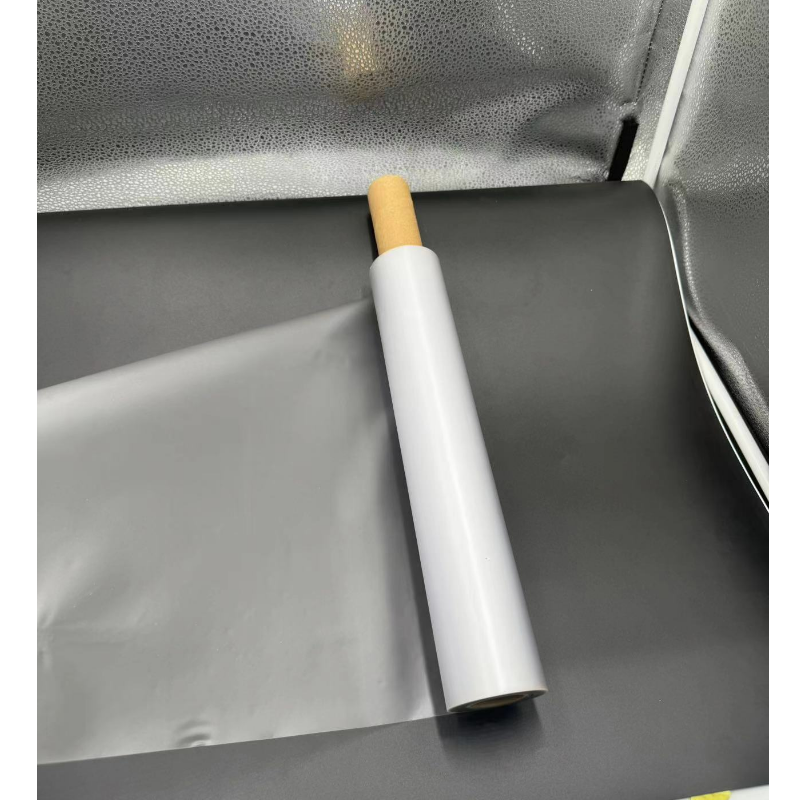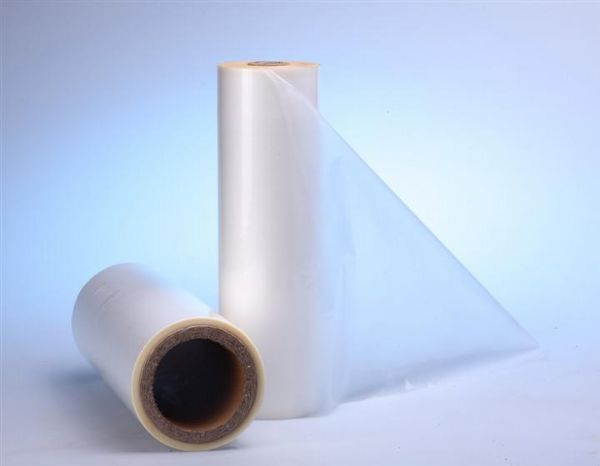
TL-PVC-0022 THE PVC MEMBRANE APPLICATION
2024-08-26 15:36PVC Films: Unraveling Their Diverse Applications in the Modern World

Introduction
Polyvinyl chloride (PVC) films have become an integral part of our daily lives, with their applications spanning across multiple industries. These versatile films offer a combination of properties that make them highly sought after for various purposes. In this extensive article, we will explore the numerous practical applications of PVC films and understand why they are so widely used.

I. Properties of PVC Films
PVC films possess several characteristics that contribute to their widespread use. They are:
1. Durable: PVC films are known for their strength and resistance to wear and tear. They can withstand harsh environmental conditions, making them suitable for both indoor and outdoor applications.
2. Flexible: These films can be easily bent and shaped, allowing for a wide range of design possibilities.
3. Waterproof: PVC films are impervious to water, making them ideal for applications where moisture protection is required.
4. Chemical resistant: They can resist the effects of many chemicals, making them suitable for use in industrial settings.
5. Transparent or opaque: PVC films can be produced in various degrees of transparency, from clear to opaque, depending on the specific application.
6. Easy to process: PVC films can be easily cut, welded, and printed on, enabling customization for different applications.
II. Applications in the Packaging Industry
1. Food Packaging
• PVC films are widely used in packaging food products. They provide a barrier against moisture, oxygen, and contaminants, helping to preserve the freshness and quality of the food. For example, PVC shrink films are commonly used to wrap bottles and jars, ensuring a tight seal and protecting the contents from spoilage.
• PVC cling films are used to cover food items in trays and bowls, keeping them fresh and preventing odors from spreading. These films are easy to apply and remove, making them convenient for daily use.
• In the meat and poultry industry, PVC vacuum packaging films are used to extend the shelf life of products by removing air and preventing the growth of bacteria.
2. Industrial Packaging
• PVC films are also used for packaging industrial products. They can protect items from dust, moisture, and damage during transportation and storage. For example, PVC stretch films are used to wrap pallets of goods, providing stability and protection.
• PVC bubble wrap is used to cushion fragile items during shipping. The air-filled bubbles provide shock absorption and prevent breakage.
• PVC packaging films can be printed with product information and branding, enhancing the visibility and marketing of the packaged goods.
III. Applications in the Construction Industry
1. Window Films
• PVC window films are used to improve the energy efficiency of buildings. They can block harmful ultraviolet (UV) rays, reduce heat transfer, and lower energy consumption for heating and cooling.
• These films come in different tints and shades, allowing for customization of the amount of light and heat that enters a room. Some window films also offer privacy and security features.
2. Roofing and Waterproofing
• PVC roofing membranes are widely used in commercial and industrial buildings. They provide a durable and waterproof barrier, protecting the building from leaks and water damage.
• PVC waterproofing membranes are also used in basements, tunnels, and other underground structures. These films are resistant to chemicals and can withstand high hydrostatic pressure.
3. Wall Coverings
• PVC wall coverings are popular for their durability and ease of maintenance. They can be printed with various designs and patterns, adding aesthetic appeal to interiors.
• These coverings are resistant to stains, scratches, and moisture, making them suitable for high-traffic areas and bathrooms.
IV. Applications in the Medical Industry
1. Medical Packaging
• PVC films are used for packaging medical devices, supplies, and pharmaceuticals. They provide a sterile barrier and protect the contents from contamination.
• PVC blister packs are commonly used for packaging tablets and capsules. The clear films allow for easy inspection of the contents and provide tamper-evident protection.
• PVC pouches and bags are used for sterilization and storage of surgical instruments and supplies.
2. Medical Devices
• PVC is used in the manufacture of some medical devices, such as blood bags, tubing, and catheters. The material is biocompatible and can be sterilized easily.
3. Protective Clothing
• PVC-coated fabrics are used for making protective clothing, such as aprons, gloves, and boots. These garments provide protection against chemicals, liquids, and other hazards.
V. Applications in the Advertising and Signage Industry
1. Banners and Billboards
• PVC films are widely used for printing banners and billboards. They can be printed with high-resolution images and colors, creating eye-catching advertisements.
• These films are durable and weather-resistant, making them suitable for outdoor use. They can withstand exposure to sunlight, rain, and wind without fading or deteriorating.
2. Signs and Displays
• PVC films are used for making signs and displays in retail stores, offices, and public spaces. They can be printed with logos, text, and graphics, providing clear and visible communication.
• PVC foam boards are often used for making lightweight and durable signs. These boards can be easily cut and shaped, allowing for custom designs.
3. Vehicle Graphics
• PVC films are used for applying graphics and decals to vehicles. They can be printed with company logos, advertisements, or personalized designs. These films are easy to apply and remove, without damaging the vehicle's paint.
VI. Applications in the Automotive Industry
1. Interior Trim
• PVC films are used for covering interior surfaces of vehicles, such as dashboards, door panels, and seats. They provide a soft and comfortable feel while also being durable and easy to clean.
• These films can be printed with various designs and textures, enhancing the aesthetic appeal of the vehicle's interior.
2. Protective Films
• PVC protective films are applied to the exterior of vehicles to protect the paint from scratches, chips, and UV damage. These films are transparent and can be easily removed without leaving any residue.
3. Electrical Insulation
• PVC is used in the manufacture of electrical wires and cables for vehicles. The material provides insulation and protection against electrical shocks.
VII. Applications in the Furniture Industry
1. Upholstery
• PVC-coated fabrics are used for upholstering furniture. They are available in a wide range of colors and patterns, providing aesthetic options for different styles of furniture.
• These fabrics are durable and easy to clean, making them suitable for use in homes, offices, and public spaces.
2. Tabletops and Shelves
• PVC films can be applied to table tops and shelves to provide a protective layer. They are resistant to scratches, stains, and heat, making them ideal for use in kitchens and dining areas.
3. Cabinet Liners
• PVC liners are used inside cabinets to protect the contents from moisture and damage. These liners are easy to install and can be replaced if necessary.

VIII. Conclusion
PVC films have a wide range of practical applications in various industries. Their unique properties, such as durability, flexibility, waterproofing, and chemical resistance, make them highly suitable for different purposes. From packaging to construction, medical to advertising, and automotive to furniture, PVC films play an important role in our daily lives. As technology continues to advance, we can expect to see even more innovative applications of PVC films in the future.
